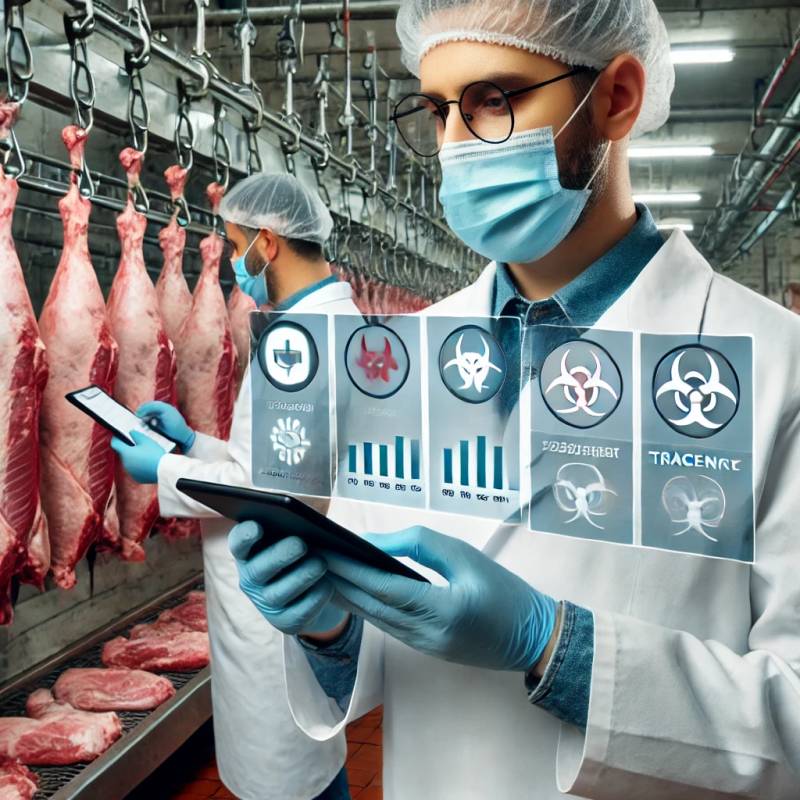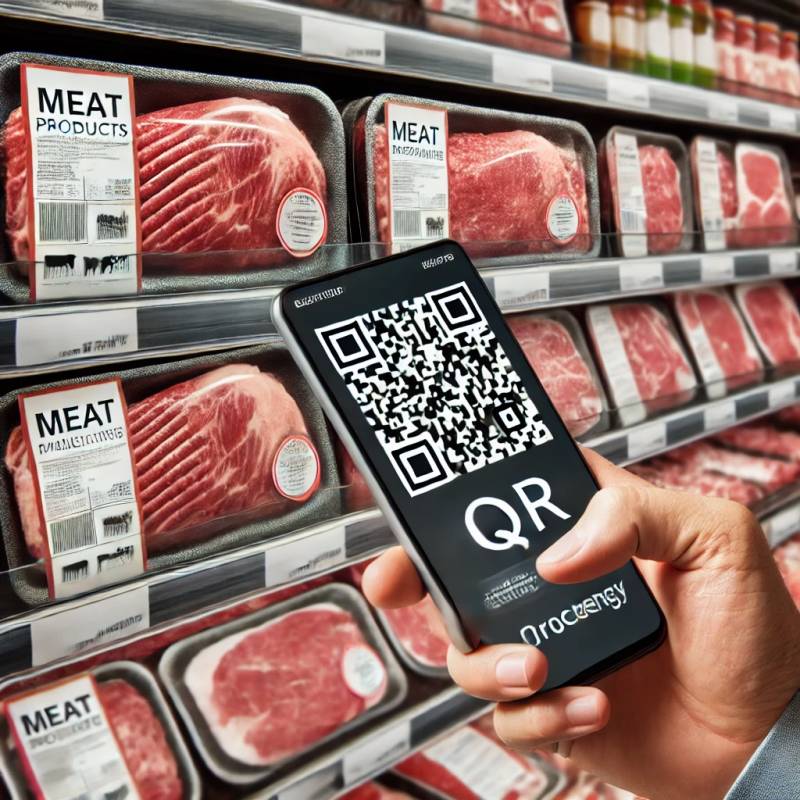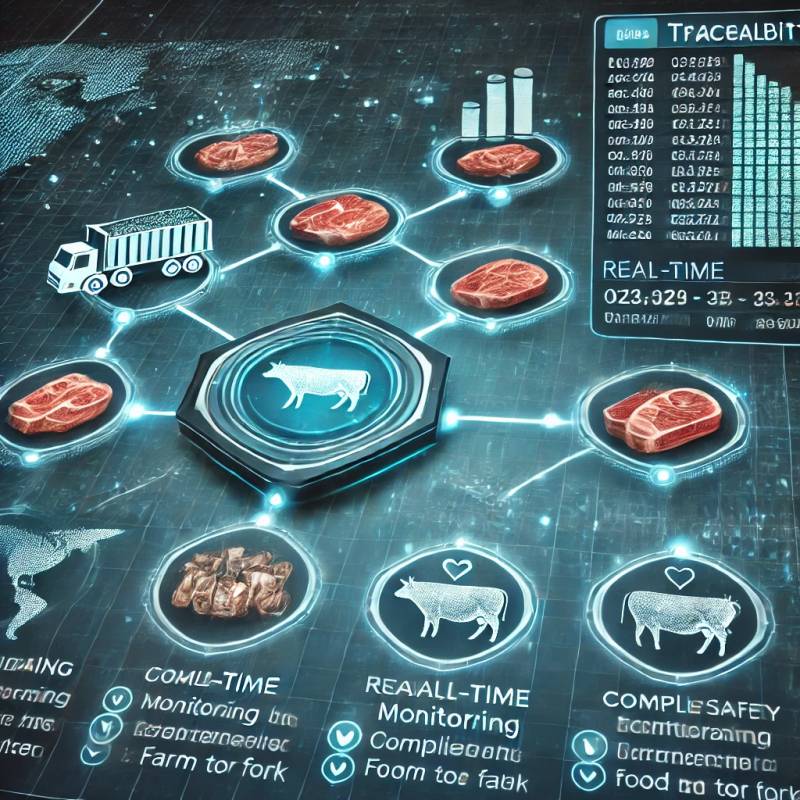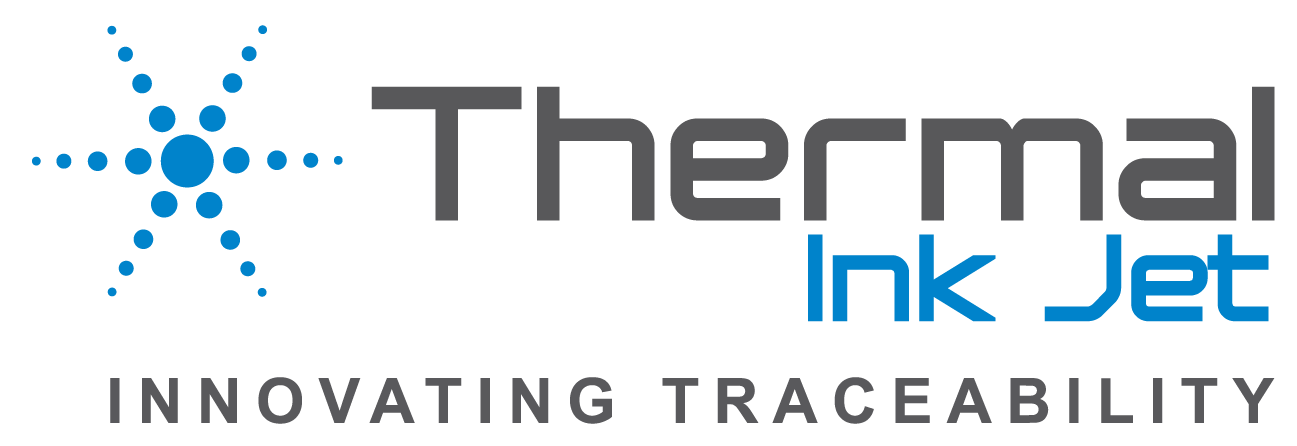Introduction
In the meat and poultry industry, ensuring food safety and animal welfare is critical for maintaining consumer trust, regulatory compliance, and supply chain transparency. Traceability solutions play a crucial role in tracking livestock from farms to consumers, mitigating risks, and enhancing market opportunities for meat producers.
Tracking Livestock from Farms to Consumers
With the growing demand for transparency in food production, livestock traceability has become an essential practice. Advanced tracking systems, such as RFID tags, blockchain technology, and digital ledgers, allow farmers and regulators to monitor the entire lifecycle of animals, from birth to processing and distribution.
- RFID technology for individual animal identification.
- Blockchain for immutable record-keeping.
- GPS tracking to ensure humane transportation conditions.
- Digital health records for monitoring animal well-being.
 Compliance with Food Safety Regulations (USDA, EU)
Compliance with Food Safety Regulations (USDA, EU)
Regulatory agencies worldwide, including the USDA (United States Department of Agriculture) and the EU Commission, have implemented strict food safety laws that mandate traceability in the meat industry. Compliance ensures:
- Reduction of contamination risks in the supply chain.
- Faster response and recall management in case of food safety issues.
- Assurance of ethically sourced and humanely raised livestock.
 Benefits for Meat Producers
Benefits for Meat Producers
Investing in traceability solutions offers meat producers multiple advantages, including:
- Market Access: Compliance with food safety and animal welfare regulations enables exports to global markets.
- Risk Reduction: Digital traceability helps prevent foodborne illness outbreaks and costly recalls.
- Consumer Trust: Transparency in meat sourcing enhances brand reputation and customer confidence.
Case Studies of Traceability in Meat Production
- Case Study: Australia’s National Livestock Identification System (NLIS)
- Australia implemented an RFID-based tracking system that ensures every animal is traced throughout its entire life cycle. This has significantly reduced the spread of disease and enhanced food safety.
- Case Study: European Union’s Farm-to-Fork Strategy
- The EU’s traceability framework ensures that all meat products can be traced back to their origin, reducing fraud and improving sustainability.

Conclusion
Meat and poultry traceability is no longer optional—it is essential for maintaining food safety, regulatory compliance, and consumer trust. By leveraging digital solutions such as blockchain, IoT, and AI-driven analytics, the meat industry can build a safer, more transparent, and sustainable future.

